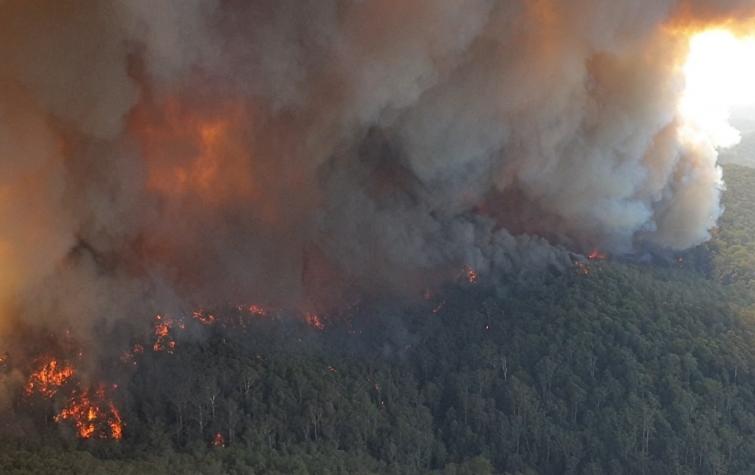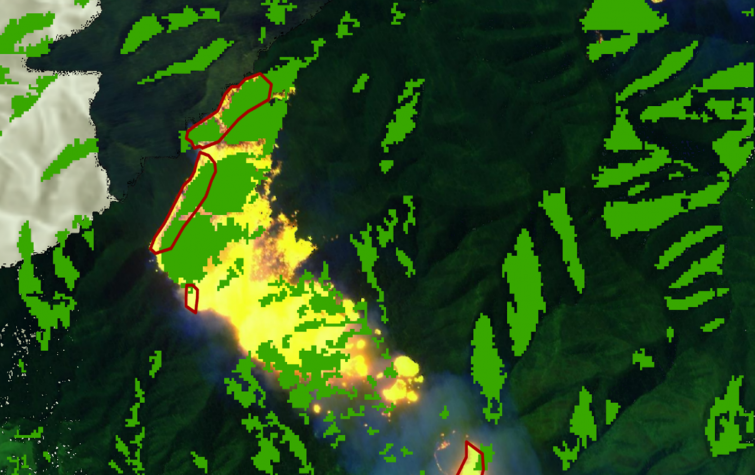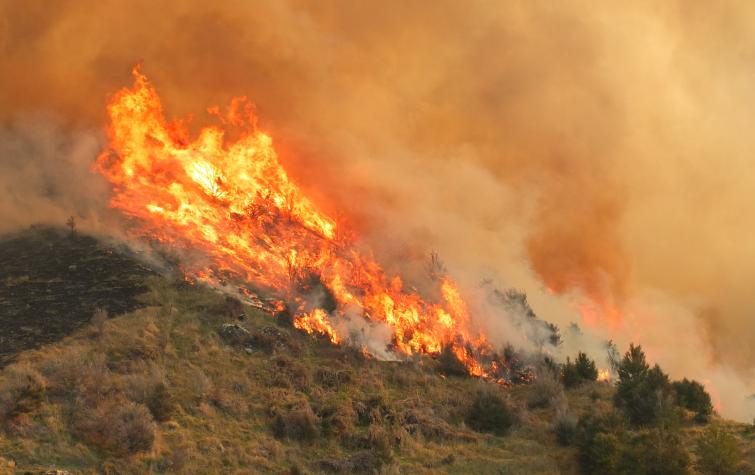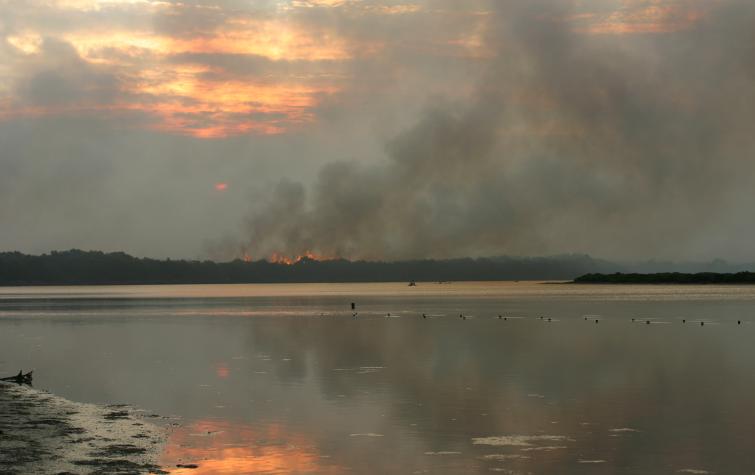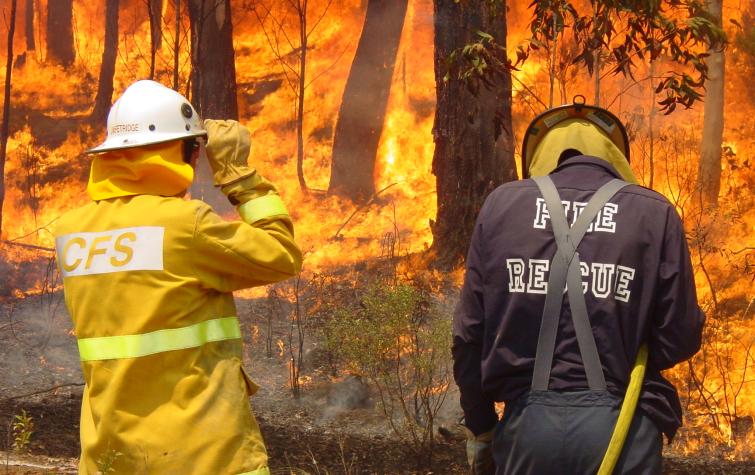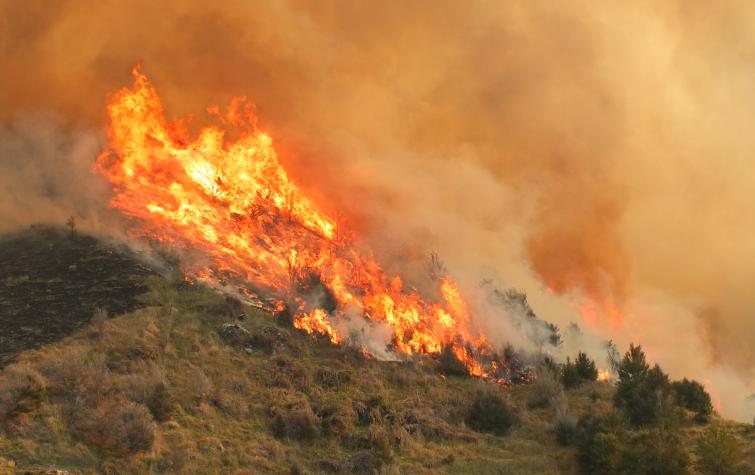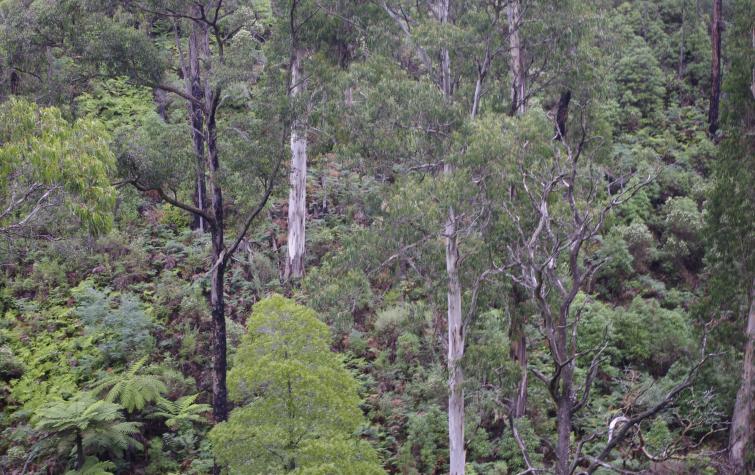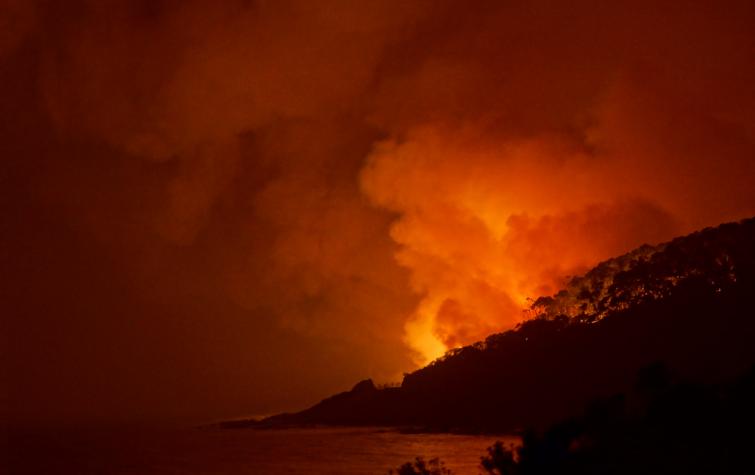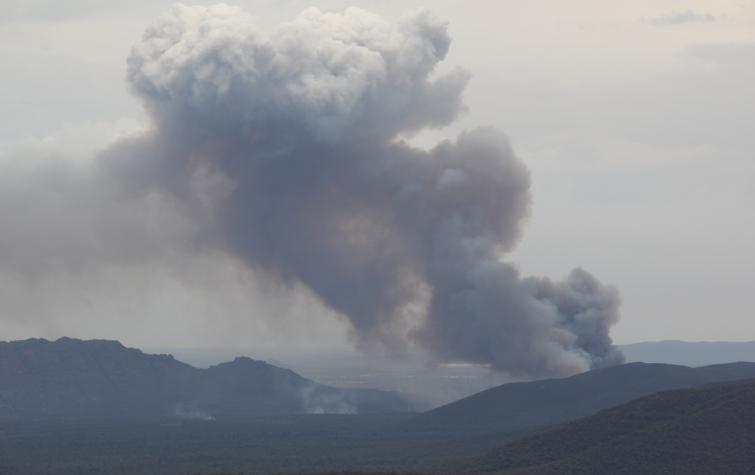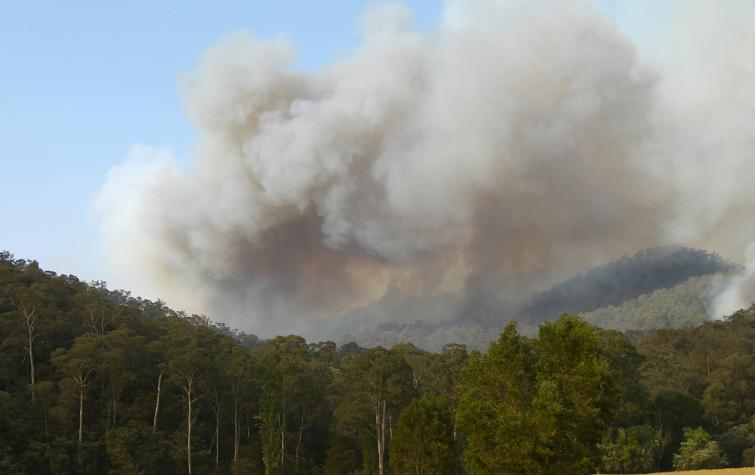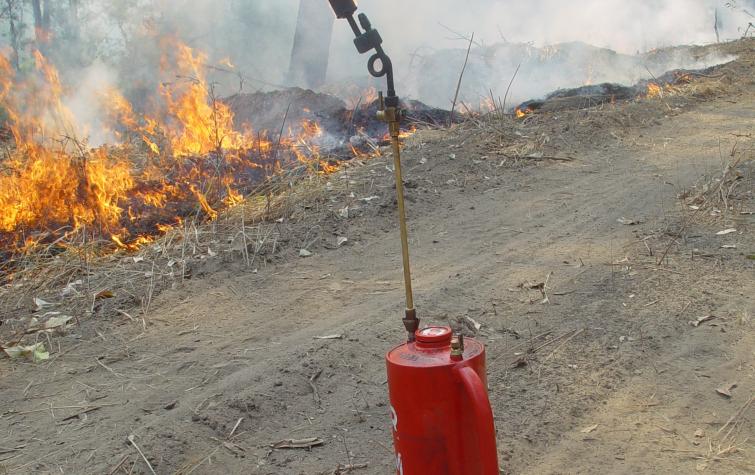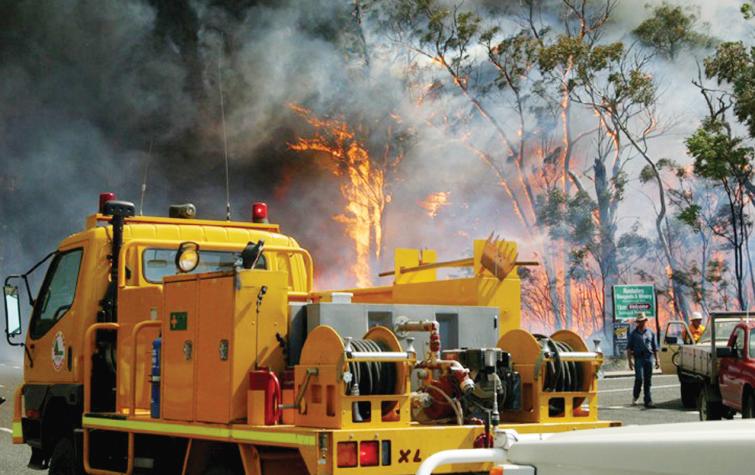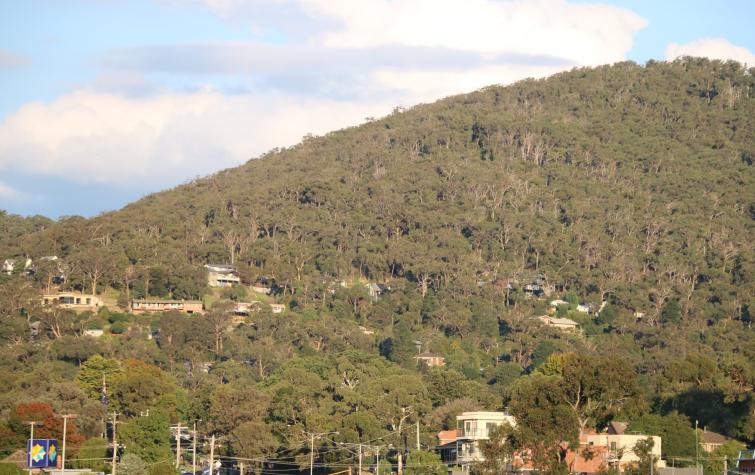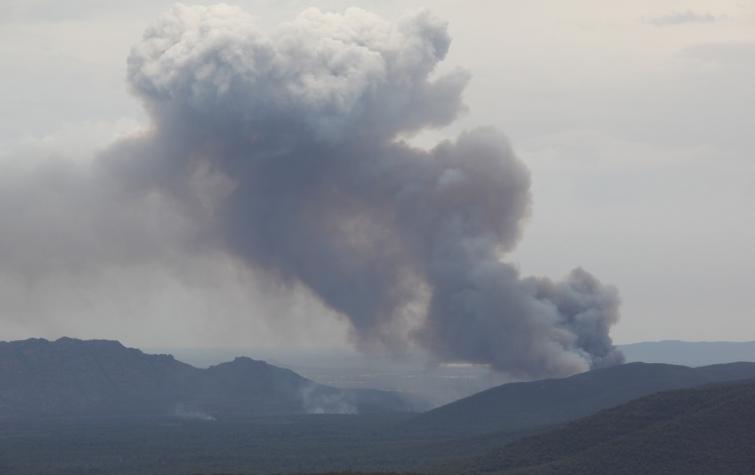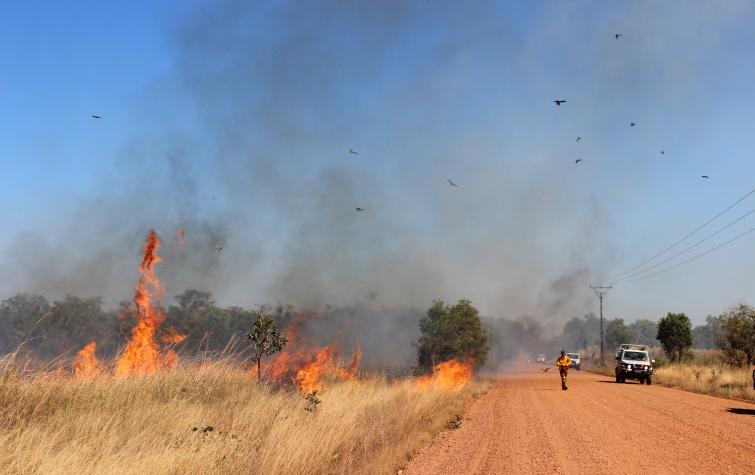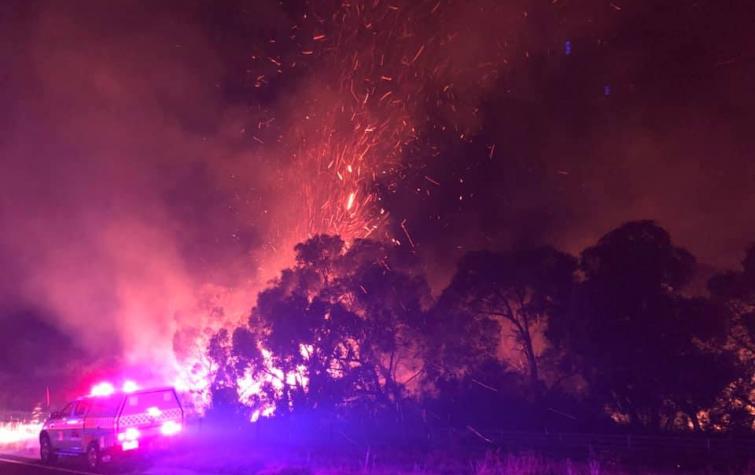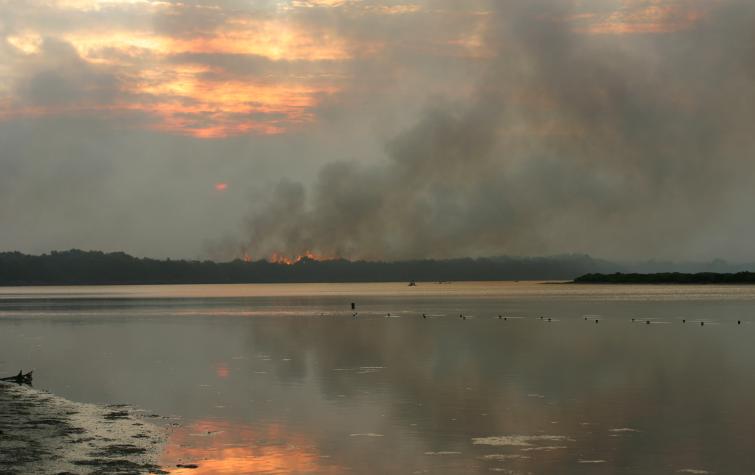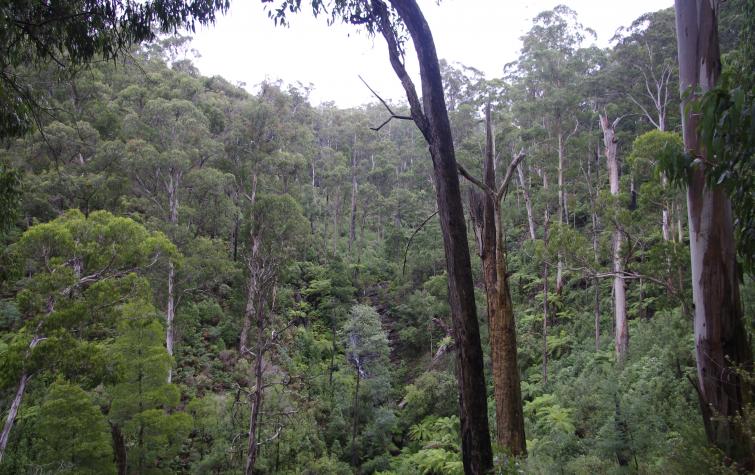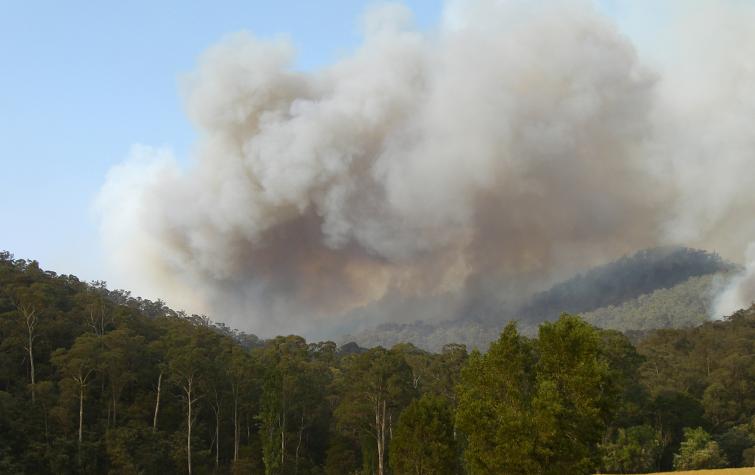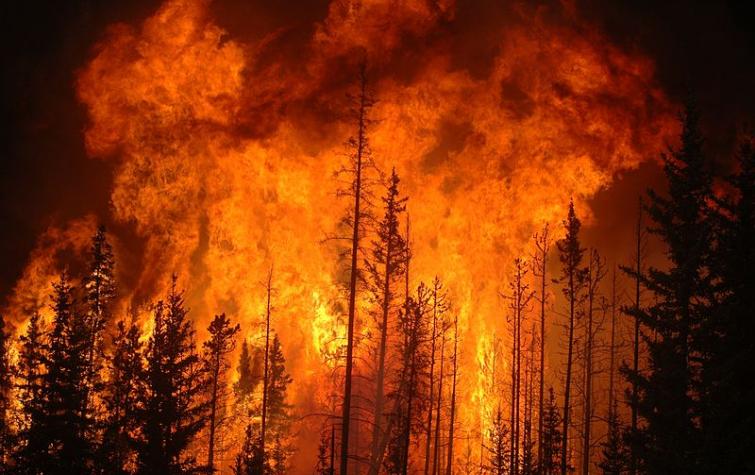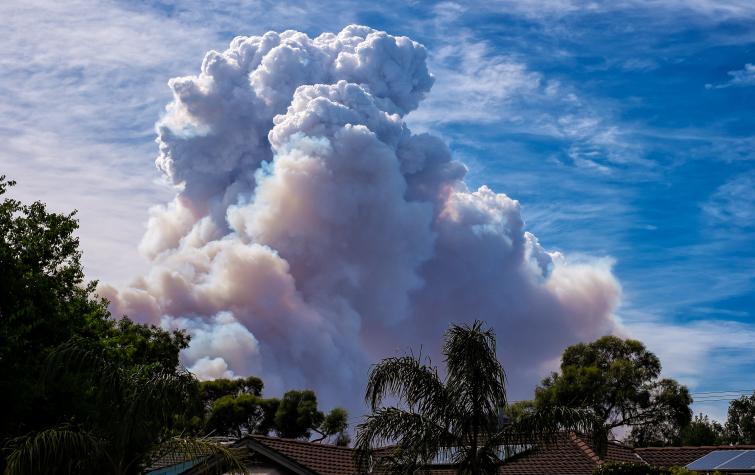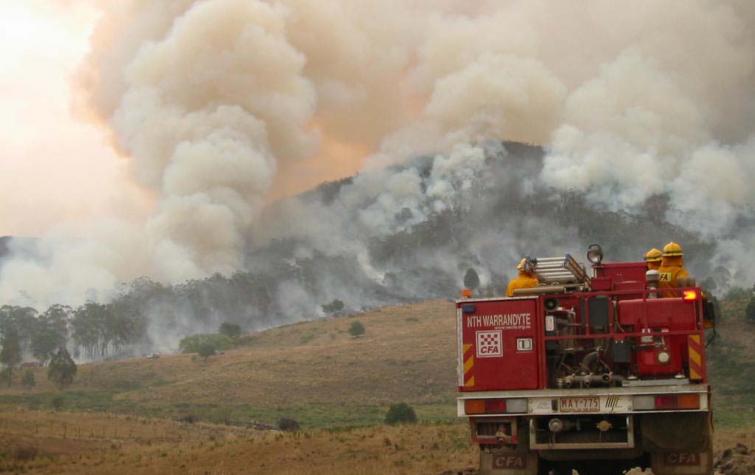Jason graduated with a Bachelor of Science (Mathematics/Physics) and Bachelor of Mathematics in 1995 and an Honours degree in Mathematics in 1996, all from the University of Newcastle. He then completed his PhD in pure mathematics and mathematical physics at the University of Canberra.
In 2001, Jason was appointed as a Postdoctoral Fellow at the Australian National University where he worked on the spatiotemporal analysis of climatic variables such as rainfall and evaporation. In 2006 Jason moved to the School of PEMS where he worked on the Bushfire CRC's HighFire Risk Project.
Between 2008 and 2011 Jason worked in the School of PEMS as a Research Associate on an ARC funded project addressing the existence and stability of combustion waves arising in simplified reaction schemes.
In 2011 Jason was appointed as Lecturer in Mathematics in the School of PEMS, where he works as part of the Applied and Industrial Mathematics Research Group. Jason has been a Discovery Indigenous Award recipient, working on an ARC funded project concerned with better understanding the dynamics of extreme bushfire development. In 2014 he was appointed as an Associate Professor at the University of NSW Canberra.
In 2019 Jason was appointed as a Professor at the University of NSW Canberra.
Blog posts on Views & Visions
| Post | Date | Key Topics |
|---|---|---|
| How heatwaves and drought combine to produce the perfect firestorm | 29 Jan 2021 | fire, fire severity, fire weather |
Project leadership
Fire behaviour in dry eucalypt forests in Australia (and in many other vegetation types to a lesser extent) is characterised by the occurrence of spotfires—new fires ignited by the transport of burning debris such as bark ahead of an existing fire. Under most burning conditions, spotfires play little role in the overall propagation of a fire, except where spread is impeded by breaks in fuel or topography and spotfires allow these impediments to be overcome. However, under conditions of severe bushfire behaviour spotfire occurrence can be so prevalent that spotting becomes the dominant propagation mechanism and the fire spreads as a cascade of spotfires forming a ‘pseudo’ front. It has long been recognised that the presence of multiple individual fires affects the behaviour and spread of all fires present. The converging of separate individual fires into larger fires is called coalescence and can lead to rapid increases in fire intensity and spread rate, leading to the phenomenon of a ‘fire storm’. This coalescence effect is frequently used in prescribed burning, with multiple point ignitions used to rapidly burn out large areas.
The team has demonstrated the performance advantages of fire propagation models incorporating curvature dependence when applied to simple wind-driven fires at both laboratory and field scales. The research has also produced fundamental insights into how the shape of the fire line affects the dynamic behaviour of the fire as a whole. Coupled fire-atmosphere modelling was used to investigate how fire-induced air movements (pyroconvection) can produce significantly enhanced rates of spread for certain fire shapes.
Supervisory roles
Research team
| Type | Project | Research team |
|---|---|---|
| CRC Core Project | Threshold conditions for extreme fire behaviour | afilkov, jsharples |



